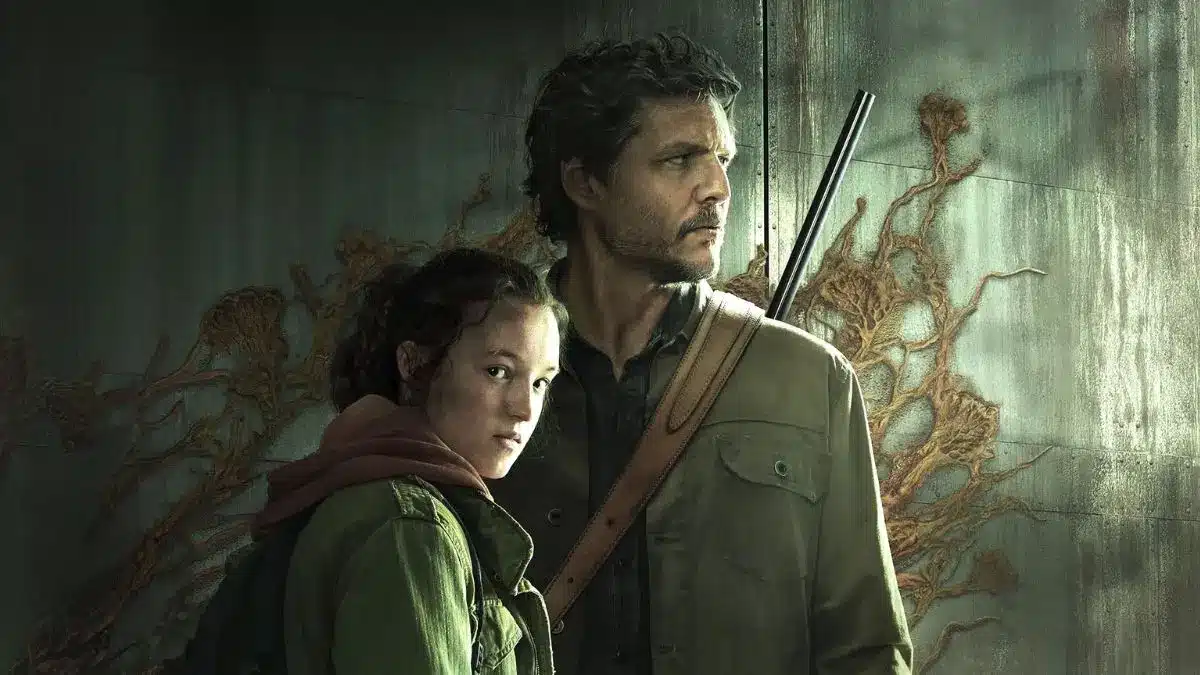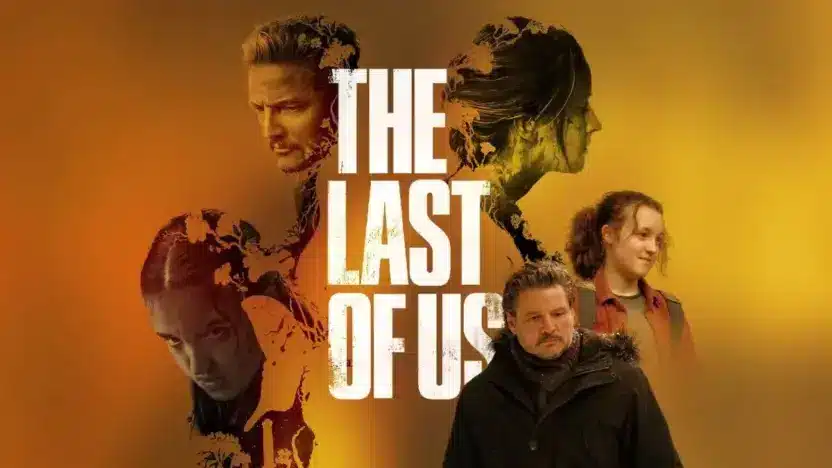HBO’s The Last of Us shattered the infamous “video game curse” when its first season captivated both gamers and television audiences alike. With its emotional depth, faithful adaptation of the 2013 game, and timely themes, the series proved that video game stories can shine on screen. Now, with The Last of Us Season 2 arriving on April 13, creators Craig Mazin and Neil Druckmann return to a darker, more complex narrative—this time adapting the first half of The Last of Us Part II.
A Confident and Emotional Reintroduction
Five years have passed since Joel and Ellie’s harrowing journey across a devastated United States. The second season begins by reestablishing this world, now centered in the thriving community of Jackson, Wyoming. Normalcy—at least what passes for it in a post-apocalyptic landscape—has taken root. Joel (Pedro Pascal) seeks healing through therapy sessions with a whiskey-loving counselor played by Catherine O’Hara, while Ellie (Bella Ramsey) wrestles with growing suspicions and emotional distance.
The pace is intentional and deliberate. Season 2 doesn’t rush; it allows space for character introspection and relationship shifts. Ellie’s teenage angst clashes with Joel’s guilt, and their once-unbreakable bond now teeters under the weight of past lies.
Focusing on Ellie’s Inner World
While Season 1 charted Joel and Ellie’s growing surrogate father-daughter relationship, Season 2 pivots, making Ellie the emotional core. Her personal evolution and trauma take center stage, with Bella Ramsey delivering a powerful performance that silences early critics. The show examines how the brutal world around Ellie shapes her, highlighting themes of identity, violence, and the search for meaning in chaos.
The story unflinchingly addresses Ellie’s doubts about her immunity and her sense of purpose after the events at Salt Lake City. Her journey is complicated, painful, and deeply human—underscored by her relationship with new character Dina (Isabela Merced), who brings moments of tenderness and introspection amidst the violence.
Cinematic Action and Human Stakes
Season 2 doesn’t skimp on high-stakes drama. One of its standout moments arrives in episode two, when a massive infected attack on Jackson unleashes chaos. With catapulted oil barrels, snipers, and flamethrowers battling grotesque fungal monsters, the spectacle rivals the scale and ambition of Game of Thrones’ most iconic episodes.
Yet, beneath the action, the series never loses its emotional focus. Characters like Abby (Kaitlyn Dever), a divisive yet essential figure from the game, are introduced with nuance and depth. The show’s writing team—including Mazin, Druckmann, and Halley Gross—carefully explores the fine line between justice and revenge, a theme that defines much of Part II’s narrative.

The Strengths—and Shortcomings—of the Adaptation
Despite its strengths, Season 2 isn’t without flaws. With only seven episodes to adapt a sprawling, emotionally complex story, some beats feel rushed. The narrative occasionally skips over moments that deserve more time to resonate, prioritizing plot over reflection. As a result, the impact of some pivotal scenes is muted.
The show also wrestles with its identity—balancing the urge to replicate the game’s cinematic feel while crafting compelling television. Iconic in-game moments are recreated beautifully but occasionally lack the space to fully land emotionally. Still, even in its most uneven parts, the season remains engaging and thought-provoking.
Striking Visuals and Immersive Worldbuilding
Visually, the show continues to excel. The production design is a haunting blend of decay and beauty, capturing the eerie allure of nature reclaiming a broken world. Gustavo Santaolalla’s score adds emotional texture, enhancing scenes with quiet elegance. Whether it’s the creeping dread of abandoned buildings or the serenity of Jackson’s snowy streets, the atmosphere remains immersive and authentic.
A Promising Path Forward
With Season 2, The Last of Us continues to prove that it’s more than just a successful adaptation—it’s among the best post-apocalyptic television ever made. It’s emotionally raw, visually stunning, and deeply character-driven. The showrunners wisely chose to divide the game’s complex story over multiple seasons, and while not every moment lands perfectly, the season’s heart remains intact.
As the story expands and characters grapple with love, loss, and moral ambiguity, The Last of Us reaffirms its place as a modern classic. All eyes now turn to Season 3, where the hope is that the series can stick the landing and complete its emotionally devastating journey.
Also Read: Peacemaker Season 2 Gets an Official Release Date—Here’s Everything You Need to Know



